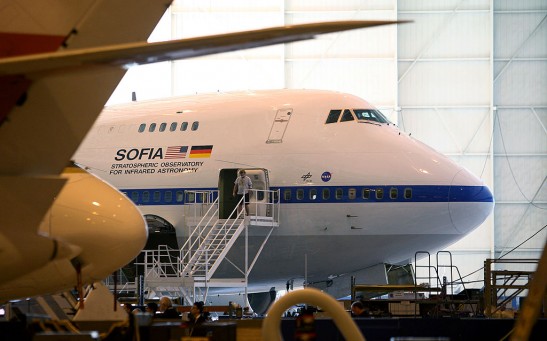Apollo 11

NASA's New SPLICE Technology Will Allow Pilot-Less Precision Landing
Apollo 11: Facts About The First Moon Landing
Last Man to Walk the Moon Warns About Moon Dust Allergy
LEGO Commemorates Apollo 11 with Exquisite Detail
NASA Announces Plans to Put a Woman on the Moon in 2024
Buzz Might Have Left His Poop on the Moon
Apollo 11 New Mission: A Road Trip Across America
Neil Armstrong's Apollo 11 Artifacts Stowed Away For More Than 40 Years
Most Popular

How Technology Is Changing the Real Estate Industry?

Study Reveals High Turnover in Scientific Research Careers: What This Means for Future Scientists

How a Plant-Based Diet Can Protect Against Breast Cancer: Insights from Nutrition Research

Nikolay Karpenko Biography, Photo, Career, Accomplishments






